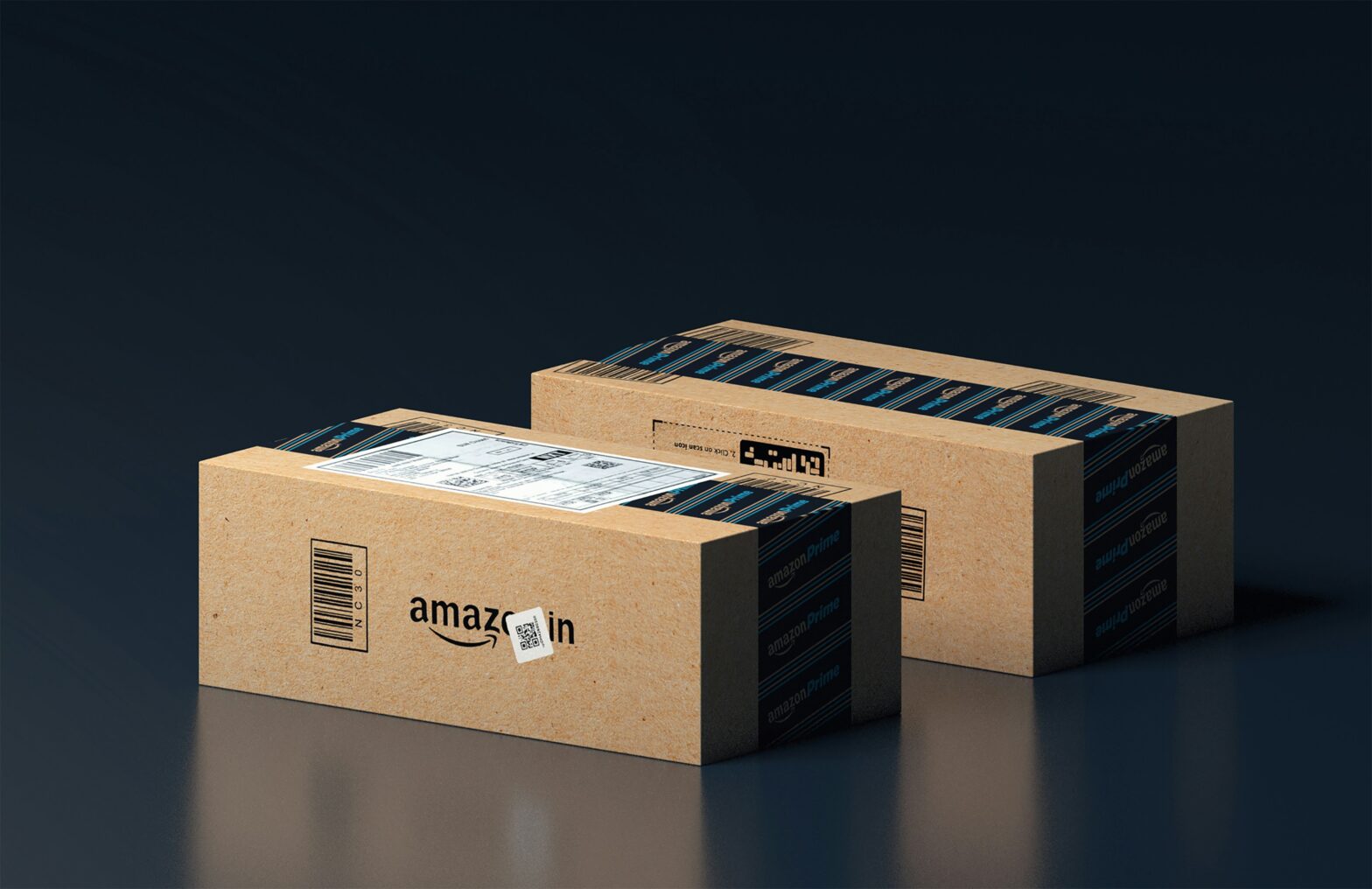The Next Generation of Online Payments
It’s no secret that e-commerce has experienced tremendous growth over the past few years. As more consumers shift their shopping online and businesses expand their digital operations, the need for secure, efficient payment technologies tailored to the unique needs of the e-commerce ecosystem becomes paramount.
E-commerce merchants now know that payments play a central role in enabling smooth transactions, building customer loyalty, and driving revenue growth. Staying updated on the emerging technologies and trends in online payment solutions has become a key priority if you want to have a successful business. Read on to learn the latest consumer payment trends, B2B payment innovations, and what’s on the roadmap for payment tech in the next few years.
Consumer Payment Trends: Cryptocurrency, Buy Now Pay Later, and AI Security
As consumer behavior evolves, their preferences and expectations regarding online payments need to adjust. Today’s shoppers demand greater convenience through contactless payments, mobile solutions, and alternative financing options. At the same time, they also expect robust security to safeguard their financial data.
E-commerce merchants must offer the latest payment methods to attract and retain customers while leveraging technologies like AI for better fraud prevention.
Cryptocurrency Adoption
The rising mainstream traction of cryptocurrencies like Bitcoin is prompting more online merchants to accept crypto payments. Customers also increasingly prefer the anonymity, global reach, and lower fees cryptocurrency transactions offer.
Integrating crypto payments has its share of technical and regulatory challenges. However, solutions from payment providers like BitPay and Coinbase Commerce are helping merchants overcome barriers to crypto adoption.
Buy Now Pay Later (BNPL)
BNPL financing options are surging in popularity, especially among younger shoppers. Solutions like Affirm, Afterpay, and Klarna enable customers to split payments into interest-free installments or pay within 30 days.
BNPL provides flexibility and convenience, allowing customers to buy more while increasing average order values for merchants by 30 to 50%. However, merchants also incur a processing fee. Evaluating whether the revenue upside offsets the costs is vital before integrating BNPL.
GlobalData indicates BNPL transaction values will reach $576 billion globally by 2026. With millennials and Gen Z consumers rapidly adopting BNPL plans, merchants need to consider adding such alternative financing options.
AI-Powered Fraud Prevention
While alternative payment methods provide more choice and convenience, they also raise fraud risks from chargebacks and false declines. Investing in AI and machine learning-powered fraud detection tools is thus imperative.
Solutions like Signifyd use algorithms to analyze transactions for suspicious signals. This allows merchants to identify and deny fraudulent sales while approving more legitimate orders. Adoption of such technologies can minimize fraud loss and false positives.
According to Juniper Research, merchant losses to online payment fraud will exceed $48 billion annually by 2023. Leveraging AI for fraud prevention will be key to cost savings.
These are just a few trends that we see as important to note if you are in the e-commerce space, but if you are a B2B company, there are some exciting new innovations to look out for.
B2B Payment Innovations: Efficiency, Flexibility, and Compliance
B2B transactions have traditionally been more complex, involving negotiations, credit checks, purchase orders, and invoices. However, emerging technologies enable automation, flexibility, and enhanced compliance for larger B2B enterprises, making it easier on the consumers and partners.
Merchants trading online with other businesses must leverage these innovations to optimize working capital, minimize processing costs, and speed up order-to-cash cycles.
E-Invoicing and Payments Automation
Solutions like Bill.com automate invoice generation, delivery, and payment by integrating with enterprise accounting systems. Buyers can easily track outstanding bills and initiate online payments while suppliers receive instant notifications. These tools eliminate manual paperwork and data entry, enabling faster invoice processing at reduced costs. According to the Institute of Financial Operations, as referenced in an article by Rillion, automated invoice workflows can lower processing costs by over 80%, which highlights the importance of streamlining B2B order management for e-commerce merchants.
Cross-Border Payment Solutions
When dealing with international trade, foreign exchange fees and slow bank transfers can significantly erode profitability. However, specialized payment processors like Payoneer now enable low-cost currency conversions and faster cross-border transactions.
These solutions provide virtual IBAN accounts in multiple currencies allowing easy receipt of global payments. Automated reconciliation and simplified compliance with local regulations also minimize administrative overheads.
PPRO estimates that over 50% of US and 40% of UK e-commerce merchants are selling internationally. Optimizing cross-border payment collection must be a priority for your B2B store if you are considering expanding internationally.
B2B Credit Options
Unlike retail transactions, B2B purchases often require extended buyer credit in line with volume discounts. New tools like C2FO now facilitate flexible working capital solutions using dynamic discounting and auction models.
Suppliers can get paid early at favorable rates while buyers can access more preferential payment terms and lower purchasing costs. Automating credit allocation using data analytics provides a win-win for both parties.
Blockchain-Based Contracting
Blockchain technology has begun to revolutionize B2B commerce through the implementation of smart contract solutions. These contracts, written in code, automatically execute based on predefined conditions such as meeting milestones or violating service level agreements (SLAs). They encompass agreement terms, penalties, discounts, and more, streamlining the transaction process.
This innovation enhances efficiency and trust within B2B relationships, reducing the need for intermediaries. Companies like OpenLaw offer accessible templates and software tools for creating blockchain-based smart contracts, eliminating the requirement for extensive coding knowledge.
According to a report by MarketsandMarkets, it’s projected that by 2030, over 50% of global B2B transactions will utilize blockchain technology, illustrating the significant scale of adoption currently underway.
Integrating Emerging Payment Technologies
While new payment capabilities provide immense value, integrating them involves addressing technical complexities, ensuring security, and managing customer adoption – all things that we’re experts in at Wasserman Digital.
Open APIs allow easier connectivity with third-party payment gateways, wallets, banking services, etc. Leveraging a payment’s orchestration platform provides a single interface for managing multiple payment methods.
Merchants also need to ensure compliance with PCI DSS standards and implement measures like tokenization or encryption to protect sensitive customer data.
Additionally, educating customers through in-app messaging and FAQs on new payment options helps drive awareness and faster adoption. Offering incentives for using alternative payment methods provides further motivation.
Platforms like Adyen and PayPal simplify payment integration while reducing liability and overhead for merchants. Considering such comprehensive solutions can make embracing payment innovation easier.
The following successful online retailers integrated online payment solutions to increase ROI, here’s how they did it:
Customer-Centric Case Studies in Payment Tech Innovation
- Zara – the fashion retail giant has integrated AliPay payment options across stores in China. This caters to the preference for mobile wallet payments among Chinese consumers. Zara has seen over a 50% jump in revenue after offering Alipay.
- Microsoft – the SaaS giant has incorporated an in-house developed blockchain system called Azure Blockchain to process vendor invoices and contract bids. By automating these workflows, Microsoft was able to speed up transaction settlement by over 99% as per internal estimates.
- Delta Airlines – the airline company implemented the Ant Financial blockchain solution for managing customer loyalty points and miles redemptions. Using the decentralized system allows Delta to issue and process points in real time while reducing reliance on call centers. This has achieved cost savings of $100 million per year.
The Road Ahead for Payment Technology
The payment landscape will continue to evolve rapidly over the next few years thanks to innovation by fintech disruptors and evolving consumer expectations.
B2B payments will see further automation leveraging predictive analytics, smart contracts driven by AI/ML, and embedded financing options. Cryptocurrency adoption in commerce will also accelerate with maturing regulations.
In the B2C space, payments via biometrics, IoT devices, and messaging apps will gain more prominence. While still nascent, the adoption of centralized bank digital currencies (CBDCs) may get a boost.
Overall, the array of payment choices will expand, demanding continued investment by merchants in integrating the latest technologies. The complexities of payment processing and reconciliation will get masked behind single interfaces.
With customers demanding flexibility, businesses requiring working capital optimization, and technology barriers disappearing, seizing the payment innovation opportunity is vital for merchants. Getting this strategy right can drive immense competitive advantage.
As the world moves to embed payments within applications, the user experience will get highly streamlined. For merchants who stay updated on emerging technologies and trends, huge opportunities await to be captured. Contact Wass Digital if you need help figuring out which online payment method is best for your business!


